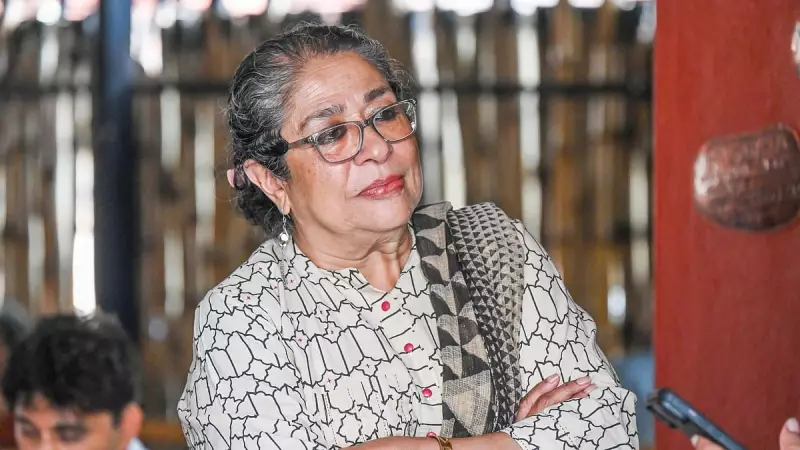
Once known as the Garden City of India, Bengaluru has undergone a dramatic transformation into the nation's technology nerve center. But beneath the gleaming glass facades of multinational corporations lies a growing cultural concern—the gradual erosion of Kannada identity in its own capital.
The Linguistic Landscape Shift
Walk through Bengaluru's tech parks and upscale neighborhoods, and you're more likely to hear Hindi and English conversations than the native Kannada tongue. The city's massive influx of professionals from across India has created a cosmopolitan melting pot where the local language is becoming increasingly marginalized.
Economic Boom vs Cultural Preservation
The very IT revolution that propelled Bengaluru to global fame now presents its greatest cultural challenge. As thousands migrate monthly for employment opportunities, the city faces a critical question: Can economic growth and cultural preservation coexist?
The Generational Divide
Older residents reminisce about a time when Bengaluru's cultural fabric was distinctly Kannadiga. Today, younger generations and new residents often view Kannada as secondary to English and Hindi for professional advancement and daily communication.
Government Interventions and Public Sentiment
Recent policies mandating Kannada usage in signage and public communications have sparked heated debates. While some advocate for protective measures, others argue that forced integration could hamper the city's cosmopolitan character and economic momentum.
The Way Forward
Cultural experts suggest a balanced approach—promoting Kannada through incentives rather than enforcement, creating engaging learning opportunities for migrants, and celebrating the language's rich literary heritage alongside technological innovation.
As Bengaluru continues its ascent as a global city, the preservation of its Kannada soul remains one of its most pressing and complex challenges—a test of whether modernization and cultural roots can thrive together.





